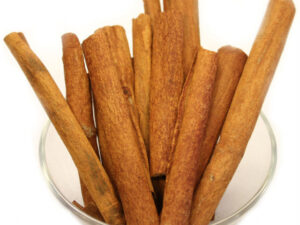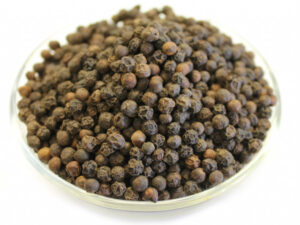Summary
Ginger powder is a finely ground version of the fresh root. The drying process intensifies the heat and pungency, making it an excellent choice for baking, marinades, and sauces. A pinch can transform salad dressings, meat rubs, and even barbeque sauces, offering a gentle heat that contrasts well with stronger flavors, such as those found in Caribbean jerk seasonings.
History
Ginger, with its zesty and warming profile, has been spicing up our lives for thousands of years. Originating from Southeast Asia, it spread across Asia and the Middle East through the spice trade, becoming a staple in kitchens around the world. Ancient texts from China and India detail its use not just in food but also as a component in traditional medicine. The Romans got their hands on ginger from Arab traders, and by the Middle Ages, it was a prized commodity in Europe, used to flavor beer and wine and as a preservative.
Across different cultures, ginger’s application has varied dramatically, reflecting local tastes and culinary practices. In the Caribbean, ginger is a key player in the vibrant jerk seasonings, while in India, it’s an essential spice for masalas and chai. The versatility of ginger, whether fresh, dried, or powdered, has made it a global favorite, adapting to regional ingredients and preferences while maintaining its distinctive kick.
Why We Love It
We adore ginger powder for its fiery yet earthy essence that brings a warm complexity to both sweet and savory dishes. It’s our secret weapon in the kitchen for adding a quick “zing” to everything from ginger snaps and apple pies to BBQ sauces and ham glazes. Its versatility makes it indispensable in our pantry, ready to be whisked into a marinade or sprinkled into a stew.
The More You Know
Once rare, ginger powder is now found in everyday foods like pumpkin pie, spiced apple cider, and gingerbread cookies. You’ll also find it in barbecue rubs, marinades, and even smoothies, adding a subtle heat and brightness to familiar dishes!






